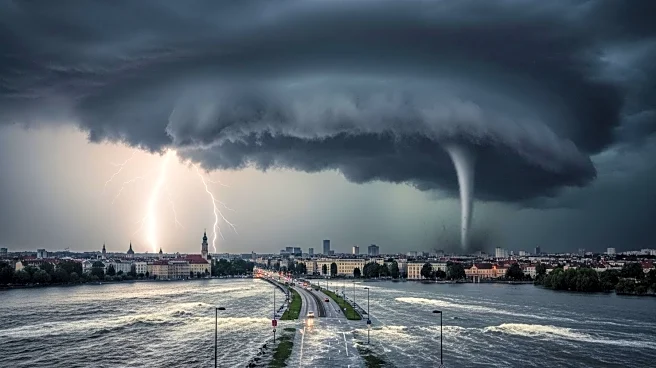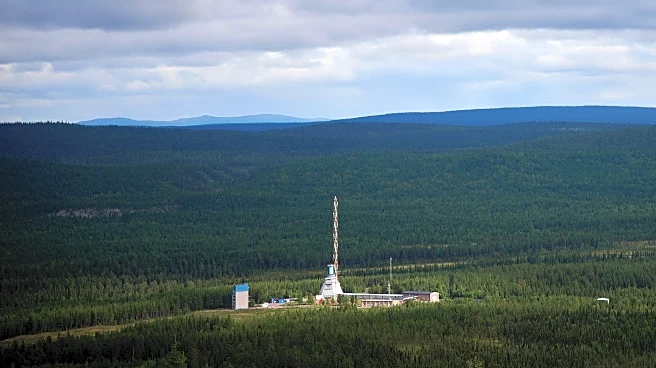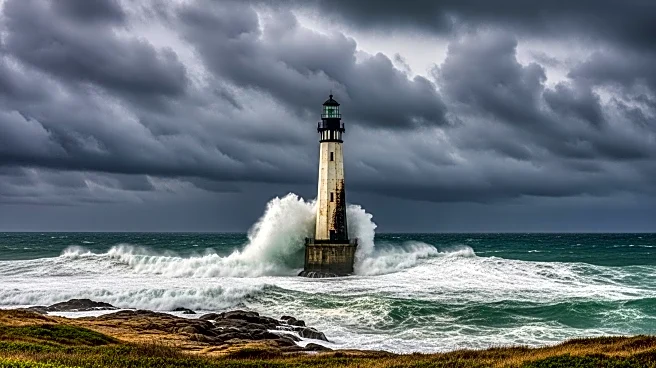What is the story about?
What's Happening?
A deep upper air trough, formed from the remnants of ex-hurricane Erin, has caused severe storms across parts of western and southern Europe. Italy experienced heavy rainfall, particularly in the Lombardy region, leading to flooding and landslides. The commune of Busto Arsizio was notably affected, with over 100mm of rain. Slovenia and France also faced significant weather events, including localized flooding and tornadoes. In France, seven tornadoes were reported, with four occurring in the Nouvelle Aquitaine region. The storms have caused damage to infrastructure, trees, and crops, with hailstones as large as 92mm recorded in some areas.
Why It's Important?
The severe weather events in Europe highlight the increasing frequency and intensity of storms, potentially linked to climate change. These events have significant implications for public safety, infrastructure, and agriculture, leading to economic losses and disruptions. The storms also underscore the need for improved weather forecasting and disaster preparedness to mitigate the impact of such natural disasters. As climate patterns continue to shift, European countries may need to adapt their infrastructure and emergency response strategies to better handle extreme weather conditions.
What's Next?
In the aftermath of the storms, affected regions will likely focus on recovery and rebuilding efforts. Governments may assess the damage and allocate resources for repairs and support to impacted communities. There could also be discussions on enhancing climate resilience and infrastructure to better withstand future storms. Additionally, the events may prompt further research into the links between climate change and extreme weather, influencing policy decisions at both national and international levels.
AI Generated Content
Do you find this article useful?

















